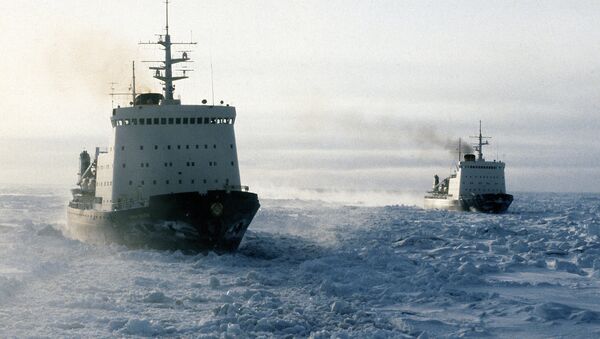The National Oceanic and Atmospheric Administration (NOAA) announced in 2014 that the winter of 2013-2014 was the coldest on record for the American midwest. They referred to it as a "polar freeze" or "Arctic freeze," terms that caught on with the public. So the notion went, global warming had heated the Arctic, which had caused cold weather patterns elsewhere.
But the trend is more complex than many believe. "The link found between Arctic warming and continental cooling is probably not a simple cause–effect mechanism," wrote study contributor Ana Bastos, a researcher at the French Laboratoire des Science du Climat et de l'Environement. Bastos added that shifts in climate vary from region to region.
The climate is holistic in nature: climatological occurrences in one place affect the climate elsewhere in both blatant and subtle ways. These oft-unseen connections between climate systems are called "teleconnections," with possibly the most famous one being the El Niño weather pattern resulting from high air pressures from the Americas meeting low air pressures from Oceania in the Pacific Ocean.
Researchers from Pohang University of Science and Technology in South Korea and the South University of Science and Technology of China studied data related to these teleconnections to better understand the relations between two very different climate systems: the Arctic and North America.
As the Arctic warms, the researchers found, atmospheric patterns shift. This has numerous effects, including a reduction of precipitation over the South-Central United States and increased pressures for plants that can only thrive in narrow temperature bands. This can lead to a feedback loop, as plants are net carbon absorbers (compared to animals, which are net carbon producers). A North American plant die-off would not only be an economic pressure, it could increase the amount of carbon in the atmosphere and accelerate the warming of the Arctic.
There are other factors at play. The melting of Arctic ice sends cold water flowing down from the Arctic Ocean into the Atlantic and Pacific. The breaking of ice shelves into the sea can lead to the release of ice trapped inside of the shelf. However, the trend itself is difficult to deny.





